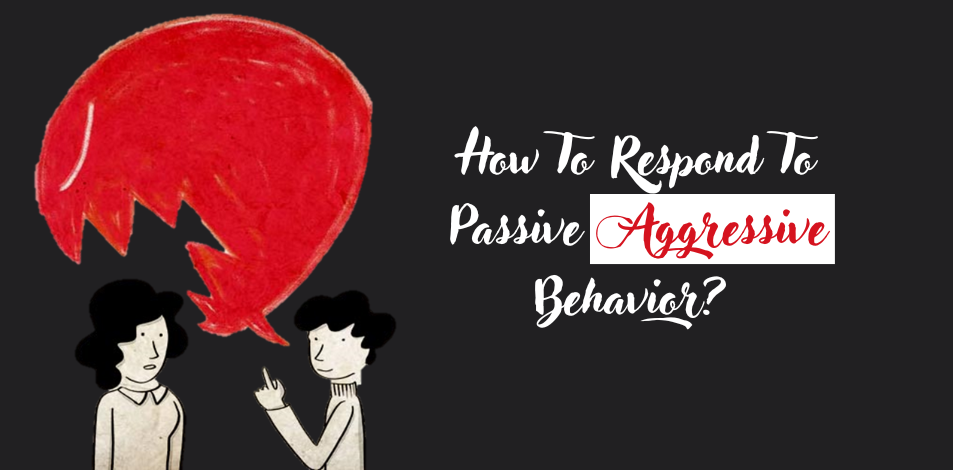
Have you encountered someone with passive aggressive behavior? Well, then you’ll know how tiring it can feel to deal with a bully. Here’s how to respond.
This post will go deeper into how to stop passive aggressive behavior, and how to respond to passive aggressive behavior.
Passive-aggressive behavior is called “making mad” for a reason. If you complain about it, the offender will often act as if you are the one with the problem, and they are just an innocent victim of your inexplicable frustration.
What does it mean to have passive aggressive behavior?
People who act in passive aggressive ways are not necessarily bad people. In fact, they are often good people – so good that they don’t want to force it on anyone by emphasizing their needs or opinions overtly.
Most of us have used passive aggression at one time or another with friends, family, or co-workers:
If you had reluctantly agreed to go to something and then found a reason to bail out at the last minute, that was passive aggressive.
If you asked a question you already knew the answer to, just to see what the other person would say, that was passive aggressive.
If you’ve ever pretended not to get an email or text, instead of just replying “no,” that’s passive aggressive.
Related: 7 Tips On How To Deal With Fake People In Our Lives
This list does not shame you. This is to help you understand that passive aggressive behavior is not evil; It’s just an attempt to avoid potential conflict.
Most of us don’t realize when we are using a passive-aggressive communication style. This is why it is not a good idea to accuse perpetrators of manipulation. If they don’t know what they’re doing, they’ll deny it, and possibly accuse you of causing trouble.
The best way to respond to someone using a passive aggressive tactic is to hold up a mirror. Let them see goals, objectives, wants, or needs in what they say or do. Be a smooth, reflective surface that helps them realize their hidden agenda.
Hidden agenda
When someone makes a critical remark disguised as an innocent question, such as, “Are you going to eat all that stuff?” or “Do you like your son’s hair that way?” The best response is to ask calmly and politely, “What do you mean?”
This simple question holds a mirror and shows them their agenda. Usually, the person will paraphrase or say, “Never mind. I forgot I asked.”
In response to seemingly passive-aggressive nonverbal behavior, provide a non-judgmental note of what happened, and let the other person explain himself or herself.
For example, if you invite me to lunch twice and I cancel twice, you can say, “Hey, Tina, I noticed you canceled both of my lunch dates. I’d like to have lunch with you, but I’m not sure if I’ll ask you again.”
The first part is not charged. It’s a fact: I’ve been canceled twice. But notice this I-statement: I’d like to have lunch with you, but I’m not sure what to do here. Keep it about yourself, and ask the passive-aggressive offender to help you clear up the confusion.
Related: 5 Surprising Signals That Your Relationship is Toxic




